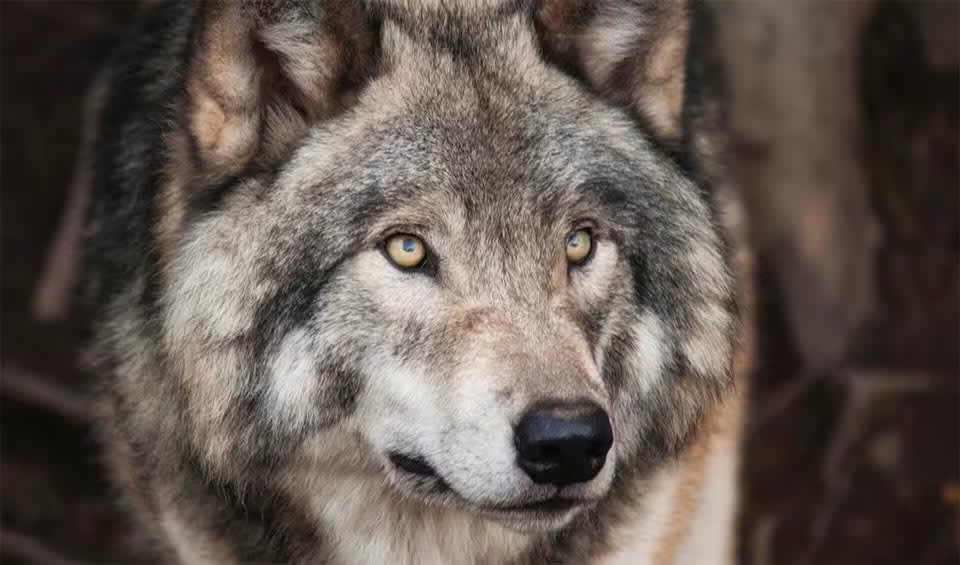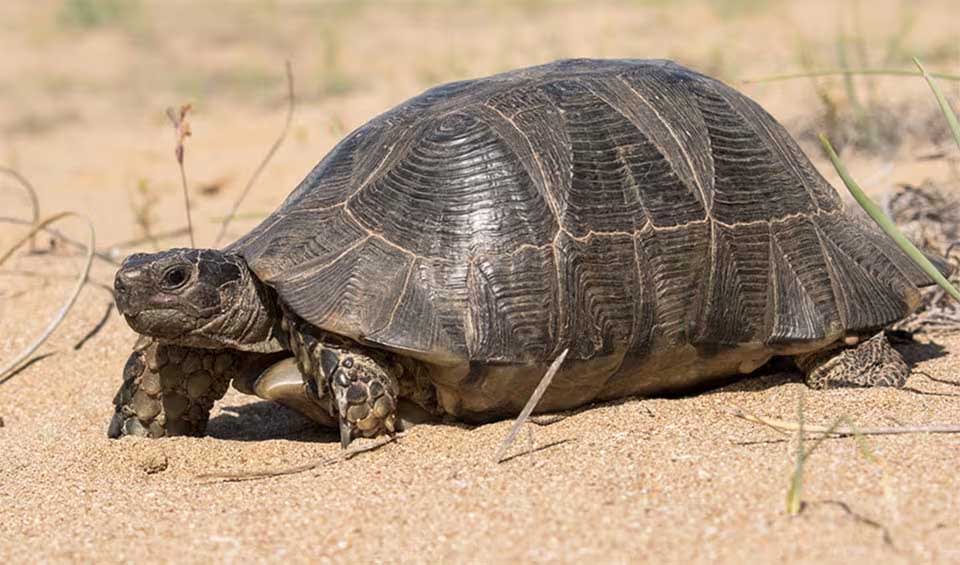Despite its compact size, Albania stands out for its remarkable diversity of ecosystems and habitats. The landscape encompasses coastal areas, lakeshores, rivers, forests of various types, alpine pastures, and high mountain environments. Forests blanket approximately 36% of the nation, while pastures occupy around 15%. Particularly noteworthy are the alpine forest ecosystems, characterized by beech and pine woodlands, which harbor a wealth of endemic and sub-endemic plant species.
Albania’s extensive hydrographic network includes rivers, lakes, wetlands, groundwater sources, and seas, all contributing to its ecological richness. Wetlands serve as crucial pathways for migratory wildlife, while the country’s lakes and rivers enhance both biological diversity and scenic beauty, with around 247 natural lakes and numerous artificial reservoirs dotting the landscape.
Four pillars elaborated:
Albania has a variety of protected areas, covering more than 10% of its land. These places help keep important ecosystems and different kinds of plants and animals safe. They include national parks, nature reserves, and spots in the ocean where animals are protected. The National Agency of Protected Areas (NAPA) is in charge of looking after these areas. They make sure nature is taken care of, support ways of using land that won’t hurt it, and teach people about why it’s important to protect the environment. Land Management
Land Management
Various factors are putting pressure on biodiversity in Albania. Climate change is causing problems, especially along the coast, where flooding and erosion are becoming more common due to extreme weather. Other threats include building roads and cities, changing how land is used, tourism, cutting down trees, hunting, fishing too much, soil washing away, digging for oil and minerals, plants and animals from other places invading, and water getting dirty from too many nutrients and not enough cleaning. Threats to Biodiversity
Threats to Biodiversity
The biggest issue is changing land into things like stores, hotels, or houses, which destroys habitats for plants and animals. Wetlands are being drained, and places where animals live are being taken over by people. This means there’s less space for plants and animals to live, and the places they do have left are getting broken into smaller parts and not as nice.
Biodiversity monitoring in Albania is not yet fully organized. The Albanian Agency of Environment and Forest, created in 2006, has a key role in collecting and evaluating data on the environment, including biodiversity. They report their findings nationally and internationally. Also, as per the Biodiversity Protection Law, an updated list of endangered plants and animals in Albania should be made every five years and approved by the Minister of Environment. The current list, from 2007, is being worked on and should be finished by March 2013. However, the setup of a complete system to inventory and monitor biodiversity is still in the early stages. In 2009, the Council of Ministers made a decision to start this process, with a focus on better monitoring of protected areas in the future. Capacity and Governance
Capacity and Governance
Albania’s National Biodiversity Strategy and Action Plan (NBSAP) sets out the country’s goals for conserving and improving its biodiversity. It emphasizes identifying and safeguarding crucial habitats, encouraging sustainable land practices, and educating the public on the significance of biodiversity. Albania works closely with the European Union (EU) on biodiversity projects, receiving financial and technical assistance to carry out its NBSAP and meet its biodiversity objectives. Future Trends
Future Trends
Biodiversity
Albania has a diverse range of plants and animals, with many species that are unique to the country. Some examples of notable plants in Albania include the Albanian oak, Macedonian pine, and Balkan lynx. The oak is a deciduous tree with strong and durable wood, the pine is a coniferous tree with distinctive needles and cones, and the lynx is a rare wild cat only found in Albania, Kosovo, and North Macedonia.Regarding animals, Albania has a variety of species, including different birds, mammals, reptiles, and amphibians. Some of the notable animals in Albania include the golden eagle, brown bear, wolf, and Balkan lynx. The eagle is a large, powerful bird of prey with keen eyesight and strong talons. The bear is a significant mammal found in parts of Europe and Asia. The wolf is a predator known for its intelligence and social behavior. Lastly, the Balkan lynx is a rare and elusive wild cat only found in a few areas of the Balkans.
In the table below are the number of known species in several main groups, how many of these species are Threatened with extinction, and how many of them are Endemic (unique to Albania only):
| Species (World rank) |
Threatened | % Threatened | Endemic | % Endemic | |
|---|---|---|---|---|---|
| Mammals | 94 (#118) | 3 | 3.2% | ||
| Birds | 299 (#124) | 8 | 2.7% | ||
| Reptiles | 41 (#126) | 5 | 12.2% | ||
| Amphibians | 17 (#112) | 2 | 11.8% | ||
| Fishes | 427 (#130) | 66 | 15.5% | 2 | 0.5% |
| Plants | 3,346 (#107) | 18 | 0.5% | 27 | 0.8% |
mammals
Wolf
The howl of each wolf is different
Chamois
Their horns are curved backward, resembling a hook or a pair of lyre-shaped instruments
European pine marten
Sometimes called the “squirrels of the weasel family” due to their impressive arboreal abilities
birds
Eurasian eagle-owl
These owls have specialized feathers that make their flight nearly silent
Saker falcon
Their keen vision enables them to scan vast landscapes, identifying small movements or potential prey items even from high altitudes
Common blackbird
Arguably among the most beautiful songbirds in the world — they enjoy singing after a rain shower
reptiles
Common wall lizard
What makes them really interesting is their skin – it’s covered in lots of little bumpy scales, like tiny pearls
Marginated tortoise
Its shell is a beautifully patterned dome that offers both protection and style
Grass snake
One of the most common reptile of the European wetlands
amphibians
Common frog
It is one of the most widespread and familiar amphibians in Europe
Alpine salamander
Swift, enjoys harsh weather, adores the mountains, and is toxic to its predators
Yellow-bellied toad
Has the ability to survive in varying water salinity levels, which is unusual for freshwater amphibians
National Animals
Golden eagle
This majestic brown raptor is most widely distributed eagle species

















